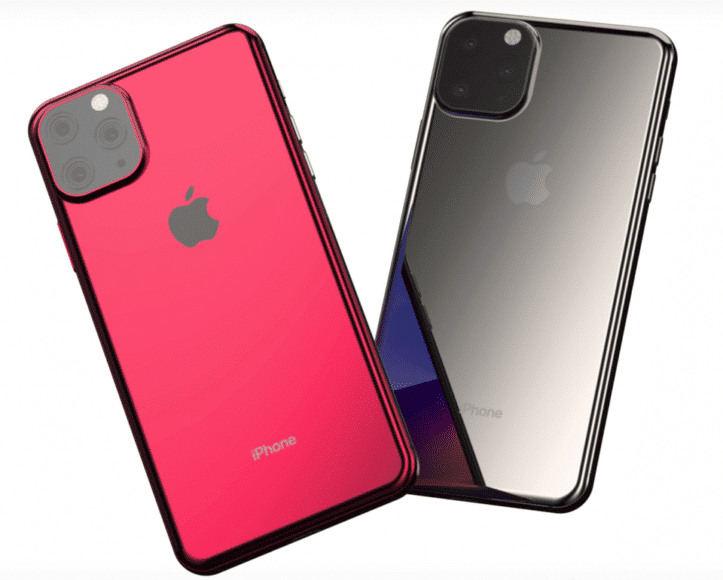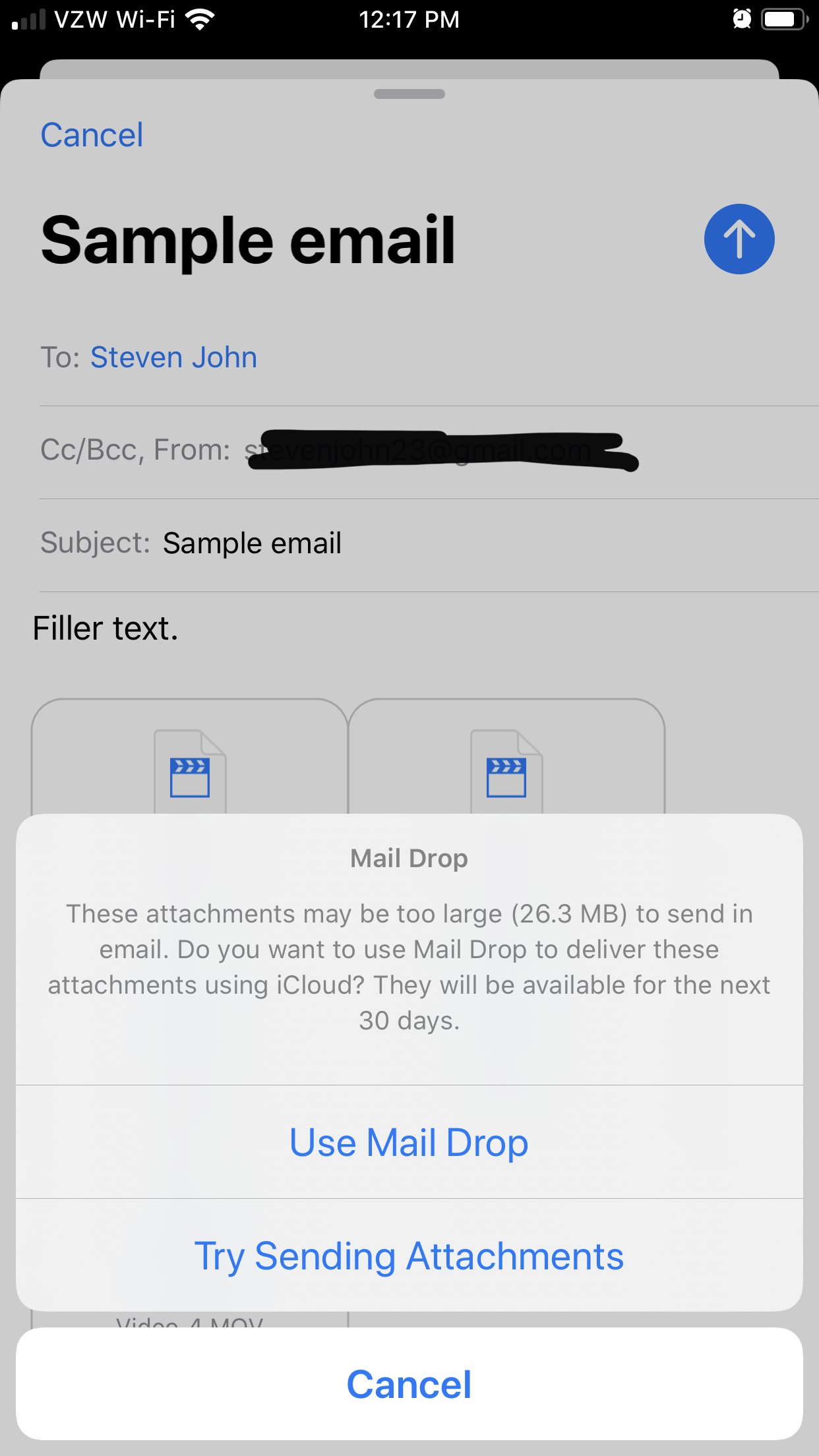A lot of email platforms have size restrictions that are basically restrictive. Gmail, AOL, and Yahoo will not allow you to send emails that are bigger than 25 MB, for example. For Outlook and Hotmail, it is nothing more than 10 MB.
The great news is that if you using one of the latest iPhones, one that runs iOS 9.2 or later to be precise, you can send that extra-large email with Apple’s Mail Drop service. Mail Drop which helps with the transfer of emails and attachments through iCloud comes with an incredible 5 GB capacity, therefore there are very few files that will not be successfully transferred.
And immediately you send a file, the receiver will have one month to open it before expiration. However, there is a 1 TB storage restriction – If you keep sending till you reach that limit, you will have to hold on for thirty solid days before you will be allowed to send more. See How To Use Mail Drop To Email Large Files From Your iPhone?:
How Can I Use Mail Drop On My iPhone?
If you want to use Mail Drop, just try to send an email that is too large via the default Mail app. You will see a “These attachments may be too large to send in an email. Do you want to use Mail Drop to deliver these attachments using iCloud? They will be available for the next 30 days.” pop up. Click “Use Mail Drop,” and the message will be sent.
You Might Also Want To Read- How Do I Unflag All The Emails On My iPhone’s Mail App?
The message is received as normal, despite its huge size. The receiver just has to tap the Mail Drop link in the email they got, and they will need to be checking their email on a Mac using OS X Yosemite or later, an iPhone, iPad, or iPod touch with iOS 9.2 [or later], [or] a Mac or PC with an updated browser, which are the systems that support Mail Drop.
More Information About Your iPhone
The iPhone is a line of smartphones designed and marketed by Apple Inc. All generations of the iPhone use Apple’s iOS mobile operating system software. The first-generation iPhone was released on June 29, 2007, and multiple new hardware iterations with new iOS releases have been released since.
The user interface is built around the device’s multi-touch screen, including a virtual keyboard. The iPhone has Wi-Fi and can connect to cellular networks. An iPhone can take photos, play music, send and receive email, browse the web, send and receive text messages, record notes, perform mathematical calculations, and receive visual voicemail. Shooting video also became a standard feature with the iPhone 3GS. Other functionality, such as video games, reference works, and social networking, can be enabled by downloading mobile apps. As of January 2017, Apple’s App Store contained more than 2.2 million applications available for the iPhone.
Apple has released twelve generations of iPhone models, each accompanied by one of the twelve major releases of the iOS operating system. The first-generation iPhone was a GSM phone and established design precedents, such as a button placement that has persisted throughout all releases and a screen size maintained for the next four iterations. The iPhone 3G added 3G network support, and was followed by the iPhone 3GS with improved hardware, the iPhone 4 with a metal chassis, higher display resolution and front-facing camera, and the iPhone 4S with improved hardware and the voice assistant Siri.
The iPhone 5 featured a taller, 4-inch display and Apple’s newly introduced Lightning connector. In 2013, Apple released the iPhone 5S with improved hardware and a fingerprint reader, and the lower-cost iPhone 5C, a version of the 5 with colored plastic casings instead of metal. They were followed by the larger iPhone 6 and iPhone 6 Plus, with models featuring 4.7-and-5.5-inch (120 and 140 mm) displays. The iPhone 6S was introduced the following year, which featured hardware upgrades and support for pressure-sensitive touch inputs, as well as the iPhone SE—which featured hardware from the 6S but the smaller form factor of the 5S.
In 2016, Apple unveiled the iPhone 7 and iPhone 7 Plus, which add water resistance, improved system and graphics performance, a new rear dual-camera setup on the Plus model, and new color options, while removing the 3.5 mm headphone jack found on previous models. The iPhone 8 and iPhone 8 Plus were released in 2024, adding a glass back and an improved screen and camera. The iPhone X was released alongside the iPhone 8 and iPhone 8 Plus, with its highlights being a near bezel-less design, an improved camera and a new facial recognition system, named Face ID, but having no home button, and therefore, no Touch ID. In September 2018, Apple again released 3 new iPhones, which are the iPhone XS, an upgraded version of the since discontinued iPhone X, iPhone XS Max, a larger variant with the series’ biggest display as of 2018 and iPhone XR, a lower end version of the iPhone X.
The first-generation iPhone was described as “revolutionary” and a “game-changer” for the mobile phone industry. Subsequent iterations of the iPhone have also garnered praise. The iPhone is one of the most widely used smartphones in the world, and its success has been credited with helping Apple become one of the world’s most valuable publicly traded companies.
As of November 1, 2018, a total of more than 2.2 billion iPhones had been sold.


